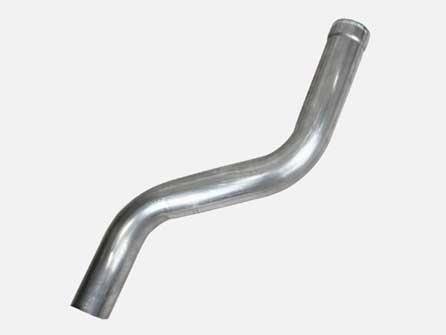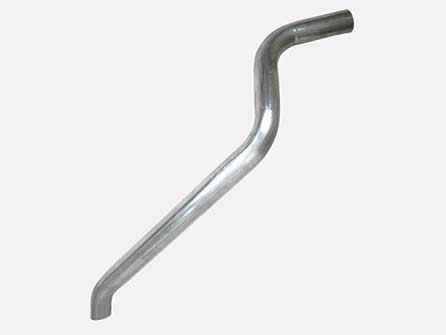Description
A pipe bending machine is a mechanical device specially used for bending pipes, and its working principle is similar to that used for bending plates. In the pure bending operation, we need to consider the physical change of the tube under the action of the external torque M.
First, we need to understand that when a pipe with an outer diameter of D and a wall thickness of t is subjected to an external moment of M, it will bend. In this process, the neutral layer of the pipe is not stretched or compressed, and the wall of the pipe located outside the neutral layer is affected by tensile stress σ1, which causes the wall to thin in the direction of force. Similarly, the tube wall located inside the neutral layer is also subjected to tensile stress σ1, but in this case the tube wall thickens perpendicular to the direction of the force due to the force.
In addition to the change in the thickness of the tube wall, the shape of the tube cross section will also change. Due to the resultant force F1 and F2, the originally circular cross section deforms into an approximately elliptical shape. This change of shape is caused by the non-uniform deformation of the pipe wall during the process of stress.
It should be noted that if the amount of deformation in the bending process is too large, that is, the bending degree exceeds the bearing capacity of the material, it may cause damage to the tube wall. Specifically, the outer wall may crack due to overstretching, while the inner wall may wrinkle due to overcompression. These damages not only affect the structural integrity of the pipe, but can also lead to a decline in its performance during use.
Therefore, when the pipe bending machine is used for pipe bending, the degree and strength of bending need to be precisely controlled to ensure the quality and service life of the pipe. At the same time, selecting the appropriate material and reasonable process parameters can effectively avoid the damage caused by excessive deformation in the bending process.















